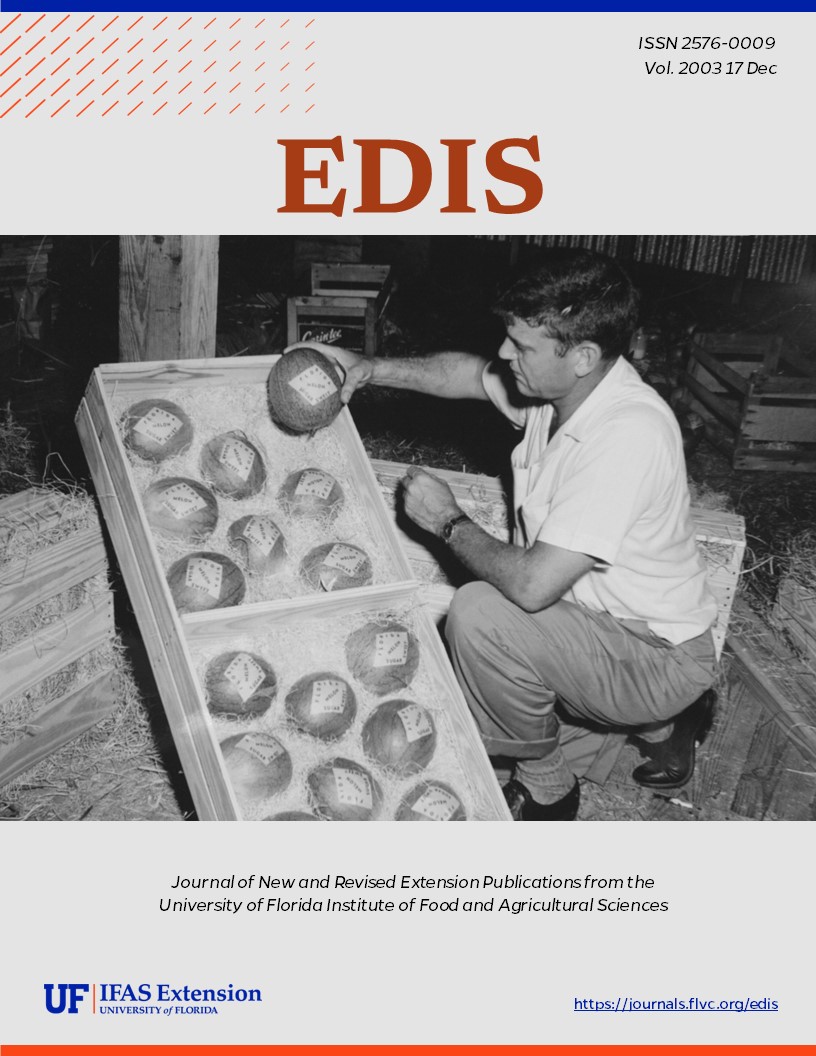Abstract
According to a 1990 report from the U.S. Environmental Protection Agency, the largest segment of municipal solid waste is the Containers/Packaging component. Whether by weight (32 percent) or by volume (30 percent),
containers and packaging products are the dominant materials in the waste stream. Packaging is so abundant in the solid waste system because it impacts so many aspects of life, commercially as well as privately. In fact, modern society could not exist without a mature and advanced packaging system, and packaging coincides
with society's wants and needs. We choose what packaging is used by what we purchase. This document is ABE336, one of a series of the Agricultural and Biological Engineering Department, Florida Cooperative Extension Service, Institute of Food and Agricultural Sciences, University of Florida. First published Dec 2002. Minor revision: Dec 2003.
https://edis.ifas.ufl.edu/ae207
References
Ohio State University Extension Fact Sheet, Community Development, 700 Ackerman Road, Suite 235, Columbus, OH 43202-1578, Purposes of Packaging, CDFS 134, Paula Hook and Joe E. Heimlich.
Fundamentals of Packaging Technology, Walter Soroka, 2000, published by Institute of Packaging Professionals.
Unless otherwise specified, articles published in the EDIS journal after January 1, 2024 are licensed under a Creative Commons Attribution-NonCommercial-NoDerivs 4.0 International (CC BY-NC-ND 4.0) license.

